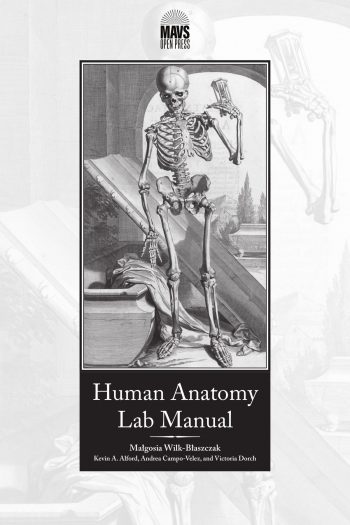



| Name | Source | Notes | License |
|---|---|---|---|
| Anatomy & Physiology Lab Homework and Reference Materials | Open Oregon | Partners with the OpenStax A&P textbook. Shared through Google Drive. | CC BY |
| Anatomy & Physiology | OLI | An A&P course. Requires log-in but getting an account is free. | CC BY-NC-SA |
| BodyParts 3D | Database Center for Life Science | This page allows you to create specific models based on the course’s needs. There are a lot of YouTube instruction videos. | CC BY-SA |
| National Cancer Institute SEER Training Modules | NIH | Modules with readings, illustrations, and self-check quizzes. | PD |
| Intensive Neuroanatomy | MIT | An online course module by Elly Nedivi, Massachusetts Institute of Technology. 2002. "The course will start with an overview of the central and peripheral nervous systems (CNS and PNS), the development of their structure and major divisions. The major functional components of the CNS will then be reviewed individually. Topography, functional distribution of nerve cell bodies, ascending and descending tracts in the spinal cord. Brainstem organization and functional components, including cranial nerve nuclei, ascending / descending pathways, amine-containing cells, structure and information flow in the cerebellar and vestibular systems. Distribution of the cranial nerves, resolution of their skeletal and branchial arch components. Functional divisions of the Diencephalon and Telencephalon. The course will then continue with how these various CNS pieces and parts work together. Motor systems, motor neurons and motor units, medial and lateral pathways, cortical versus cerebellar systems and their functional integration. The sensory systems, visual, auditory and somatosensory. Olfaction will be covered in the context of the limbic system, which will also include autonomic control and the Papez circuit. To conclude, functional organization and information flow in the neocortex will be discussed." | BY-NC-SA |
| Brain Structure and Its Origins | MIT | An online course module by Gerald E. Schneider, Massachusetts Institute of Technology. 2014. "This course provides an outline of vertebrate functional neuroanatomy, aided by studies of comparative neuroanatomy and evolution, and by studies of brain development. Topics include early steps to a central nervous system, basic patterns of brain and spinal cord connections, regional development and differentiation, regeneration, motor and sensory pathways and structures, systems underlying motivations, innate action patterns, formation of habits, and various cognitive functions. In addition, lab techniques are reviewed and students perform brain dissections." | BY-NC-SA |
| Clinical Anatomy | UBC | Website from the University of British Columbia that includes videos, interactive modules, illustrations, and interactive radiology. | BY-NC-SA |
| KineMan: Pro Moveable 3D Human Skeleton | Neosim R&D | KineMan is a web application for learning and demonstrating human joint behavior, and for creating complex human poses. More than 200 bones are identified and described using precise scientific names & common names. | |
| Boundless Anatomy and Physiology | Boundless through Lumen | Online course module originally created by Boundless and now being offered by Lumen Learning. The course includes text chapters, quizzes and lecture slides. 2014? | BY-SA |

Digital Commons Network-- Medicine and Health Sciences Commons

OER Commons - Health, Medicine and Nursing Collection

MERLOT - OER Database - Health Sciences Materials

Johns Hopkins School of Public Health Open Courseware

Health Education Assets Library (HEAL)

Openstax from Rice University
Openly Available Sources Integrated Search (OASIS) from SUNY Geneseo's Milne Library.